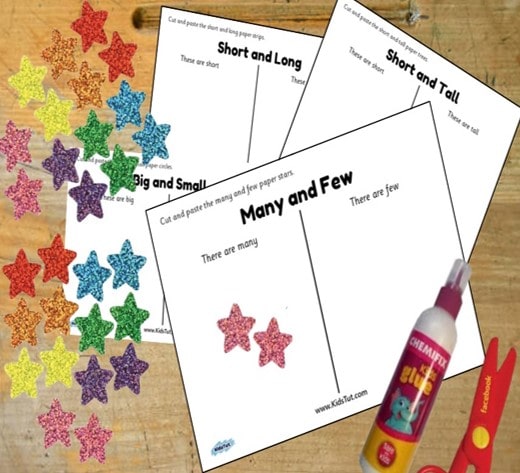These printable worksheets help kids learn about opposites in a fun way. Each worksheet features different activities to cut, glue, color, and explore opposite concepts. Perfect for early learners to build their understanding of words like big and small, full and empty, and more! Join us for our new lesson on Learning Opposite Worksheets.
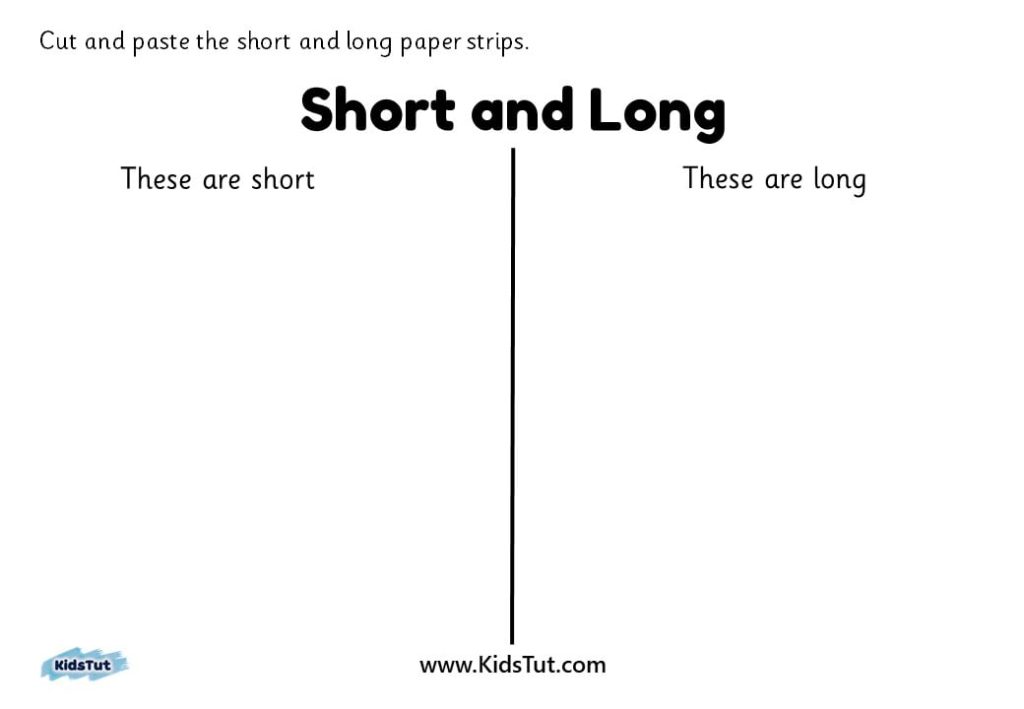
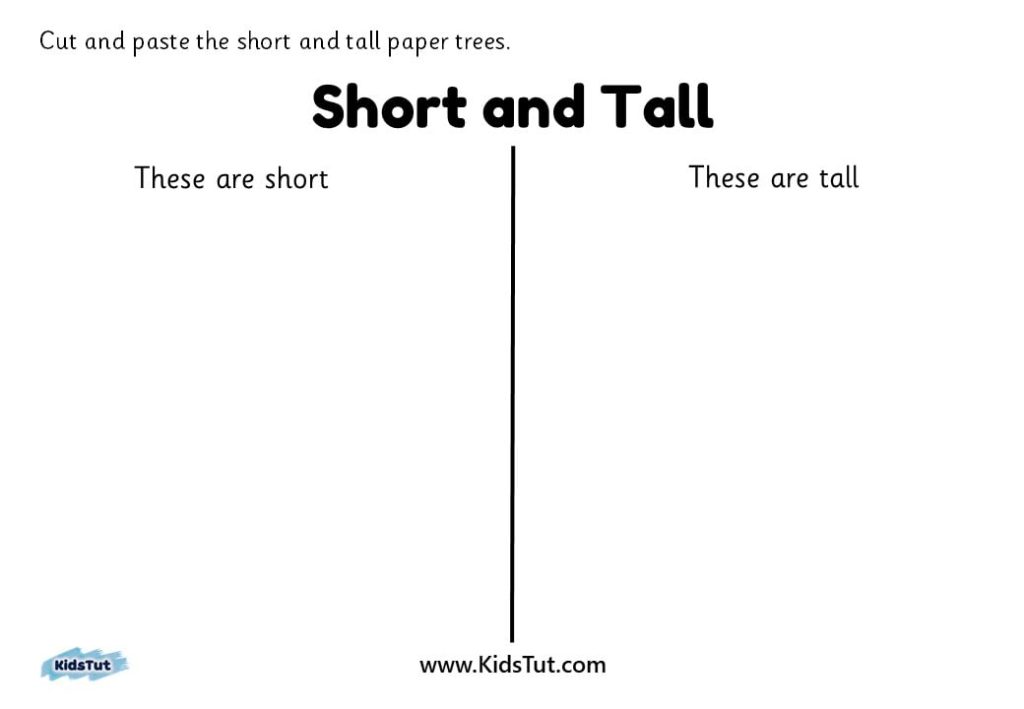
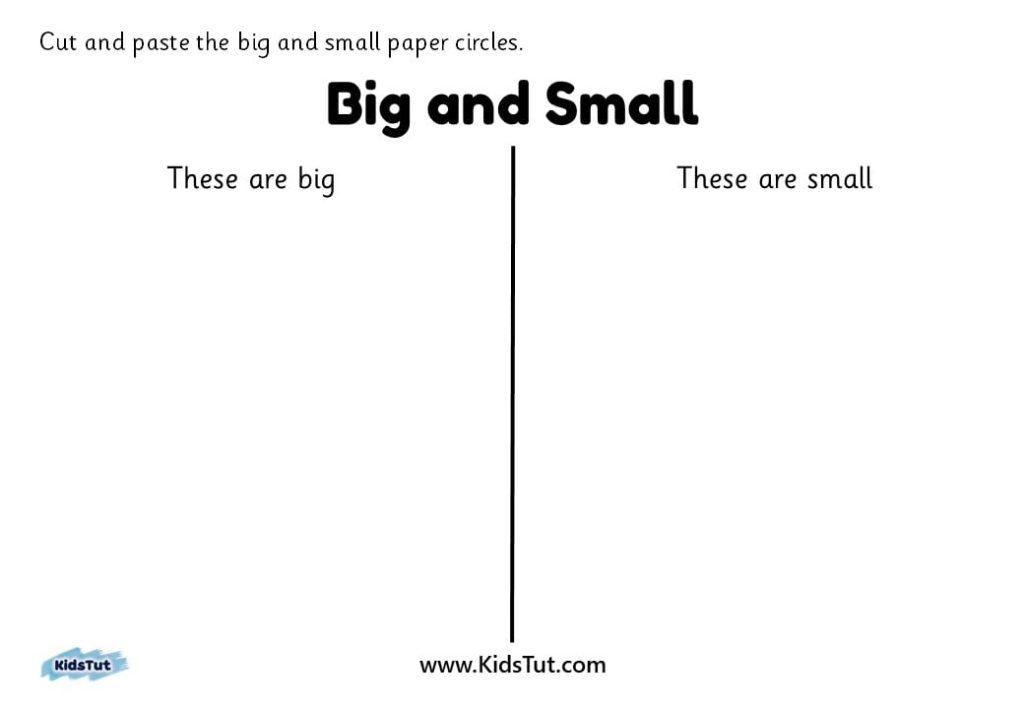
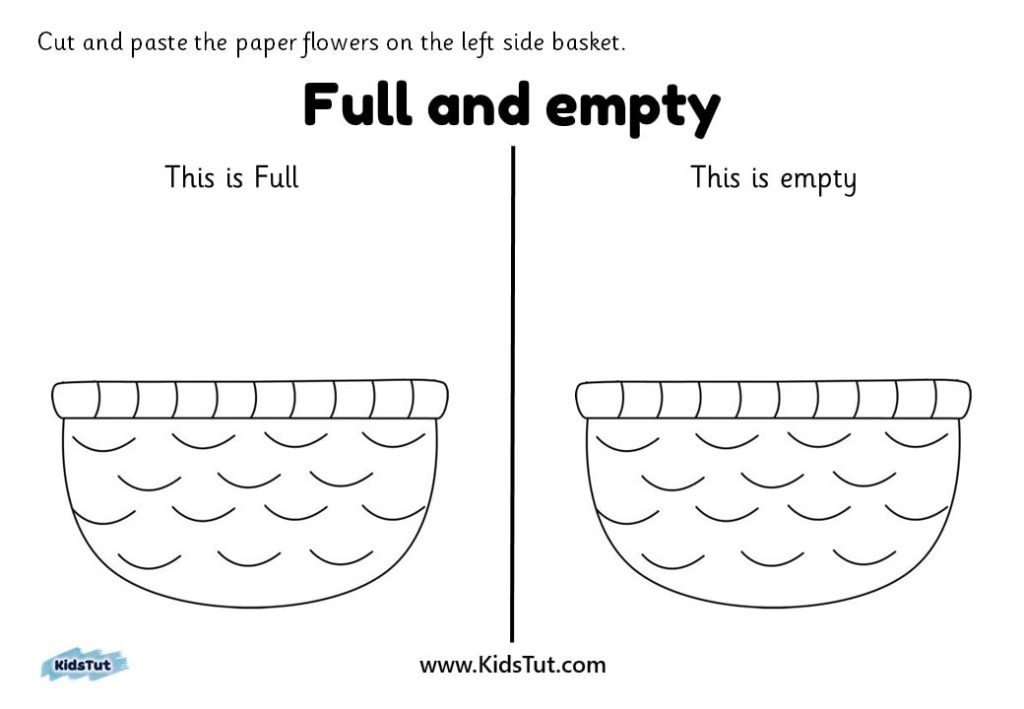
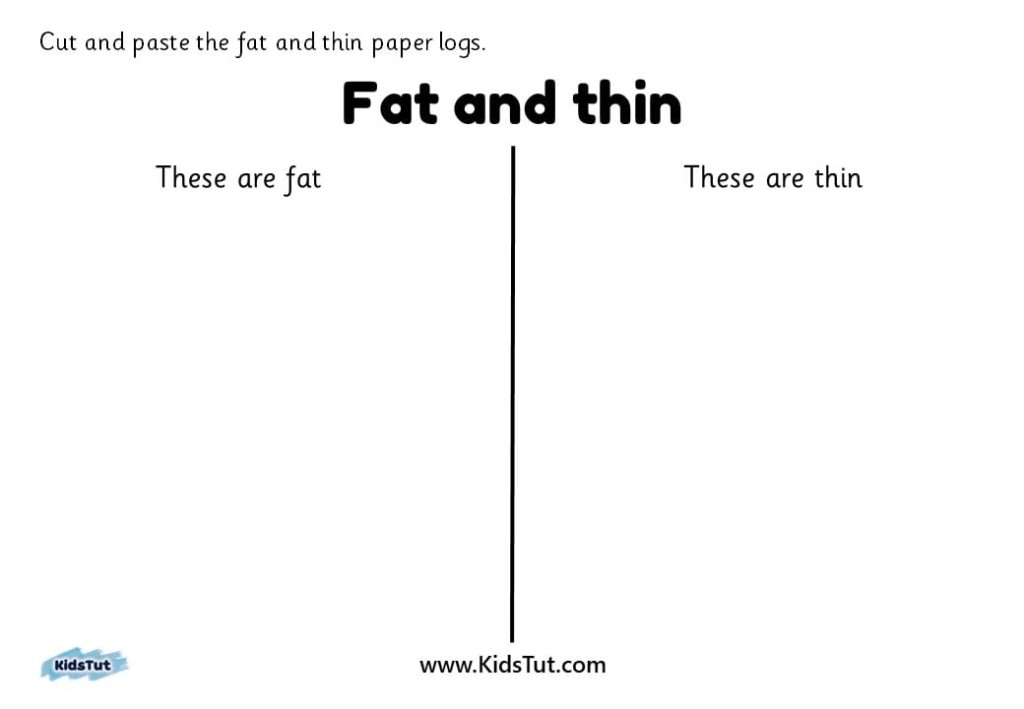
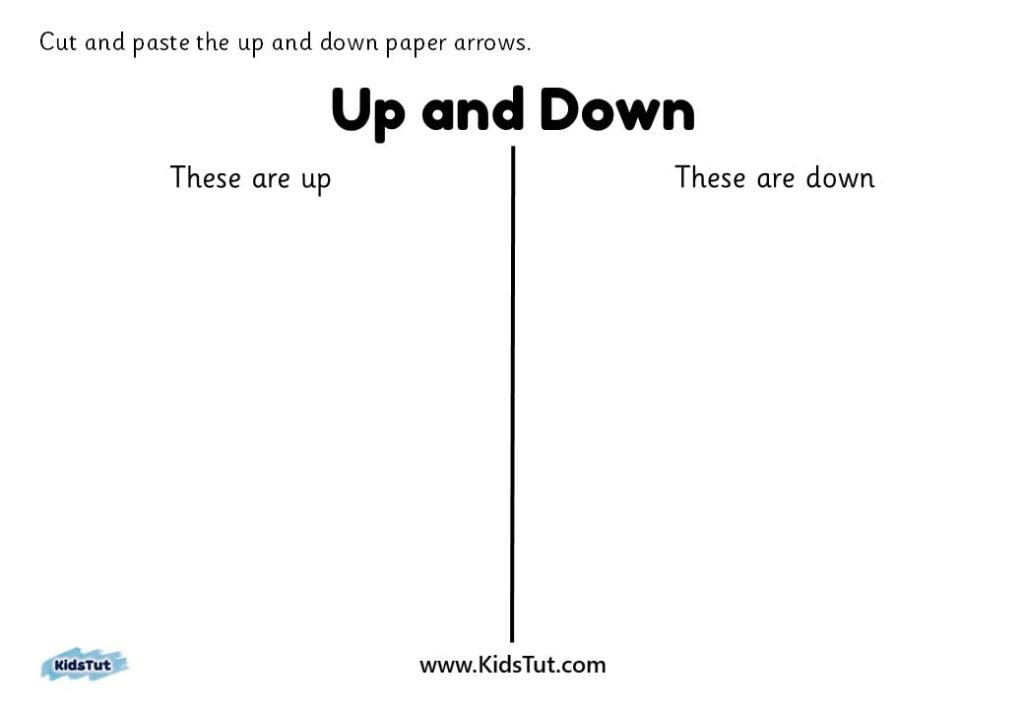

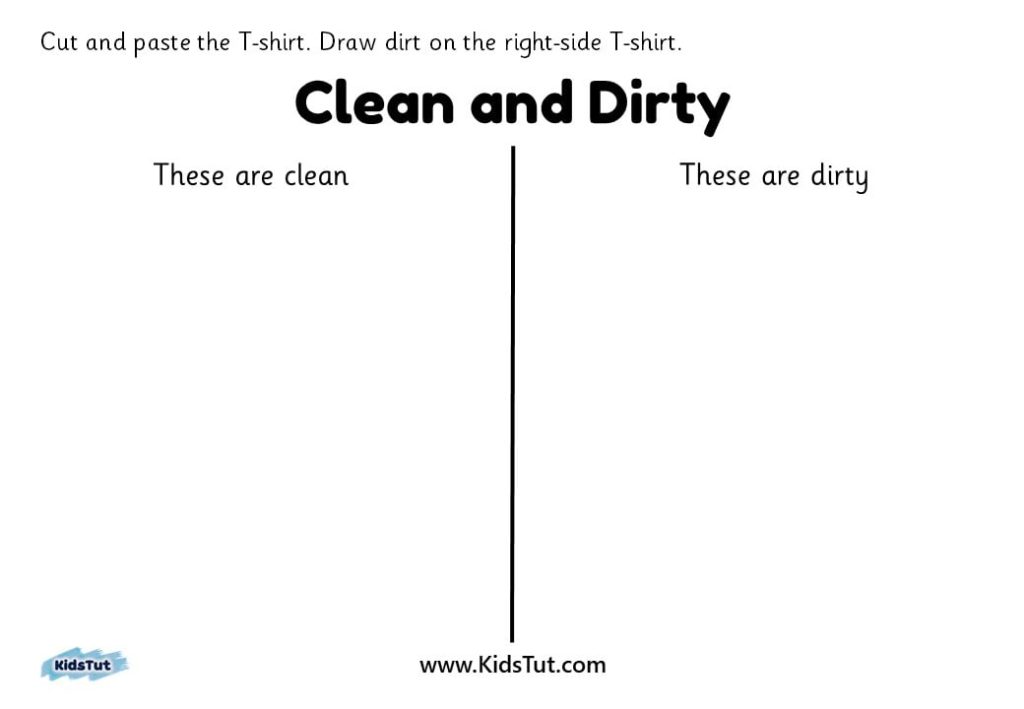
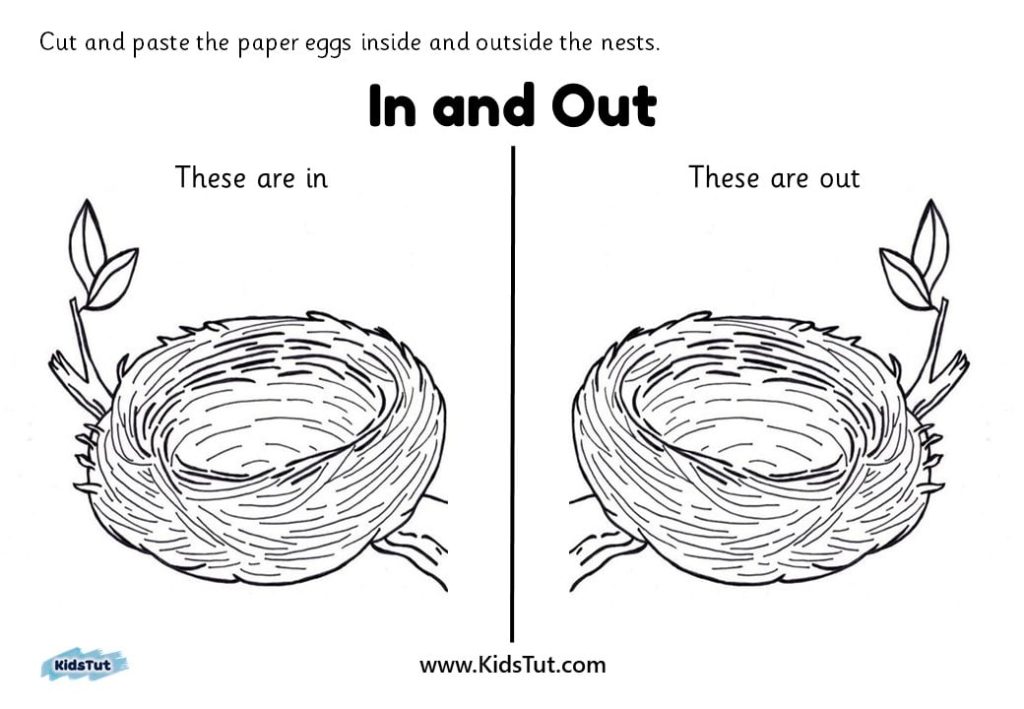

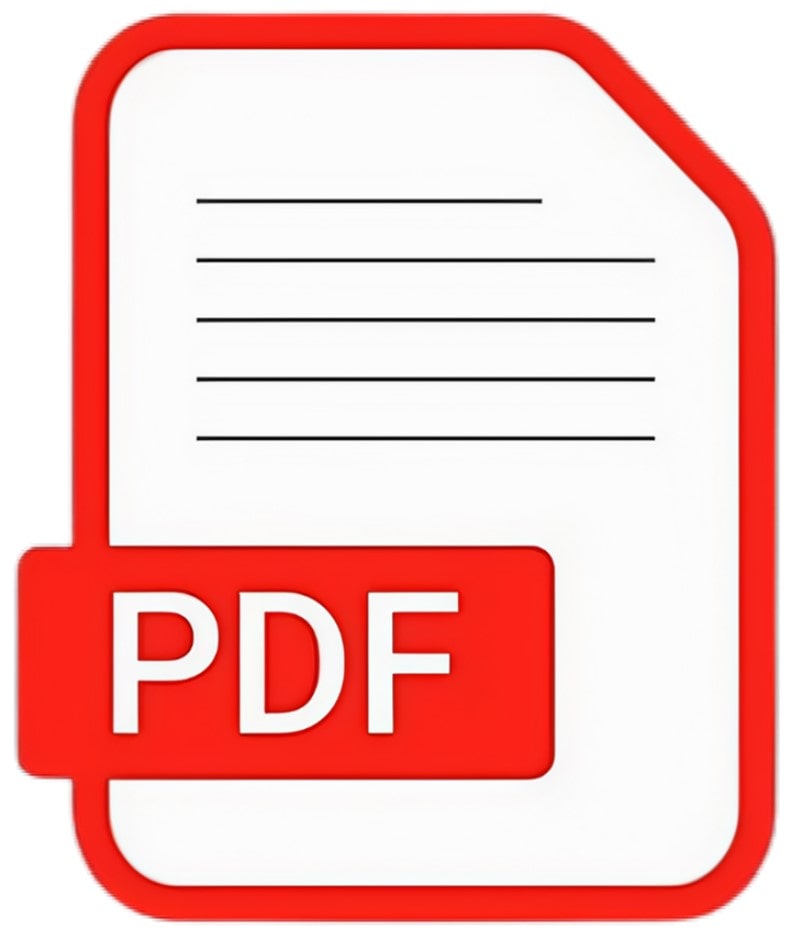
*** You have the option to download the PDF file from this location.- Download
Learning Opposite worksheets for kids: What Are Opposites?
Opposite words are pairs of words that have completely different meanings. And learning about opposites helps us compare different things in the world around us.
Now let’s see some examples of opposite words:
Big – small, tall – short, more – few, fat – thin, long – short, up – down, sad – happy, clean – dirty, heavy – light, pull-push, in – out, left-right, close – open, after-before, hot – cold, active – lazy, solid-liquid, sweet – bitter, negative-positive, good – bad, fast – slow, start – end, wet – dry, early – late, male-female, far – near, front – back, north-south, easy – difficult, on – off, day – night.
Learning Opposite worksheets for kids: why kids need to learn about opposites:
Understanding Differences: Learning opposite words helps children understand the concept of differences. Living and nonliving objects in the environment around us are different from each other. And there are many differences even between objects of the same type. In this way, it is useful for children to identify opposite words to compare objects and classify them.
Boosts Vocabulary: The opposite is commonly used in our daily life. Therefore, by teaching children opposite words, they will find new words for everyday use. For example, they learn the word cold as well as its opposite, hot.
Improves Communication Skills: It’s important for children to recognize opposites when they communicate. They need to use opposite words to describe what they see. For example, they might talk about a large house, a road on the left, or a tall tower. Learning opposites helps them explain things more clearly and accurately. Also, the knowledge of opposites is important for children when telling stories. The other communication opportunity is following instructions. For example, children need knowledge of opposites to understand and carry out instructions such as “bring a long stick.”, “Bring a big ball”.
Develops Critical Thinking: Children’s critical intelligence develops by comparing objects with each other and at the same time, identifying differences. Because children will have to think oppositely to understand the differences between objects. This improves children’s problem-solving skills. In addition, it is possible to understand how things work in the world.
To soothe children’s curiosity: Children are often curious about the world around them. That is, the willingness to recognize the changes around them. So children like to compare and identify the differences between the objects. Therefore, it will be very important to introduce the opposite to children.
Learning Opposite Worksheets for kids: A brief introduction
Above, you have been given a wonderful set of worksheets for children to introduce opposites. It has 10 pages. It teaches children 10 opposite words of each other. They are the opposites of big-small, long – short, tall-short, full – empty, up-under, fat – thin, sad-happy, clean – dirty, in-out, and many-few. These opposites are words that children often use on that day.
Each activity page here has a set of written instructions on how to do the activity. Read it carefully and direct the children to do the activity. Also, you will need the following materials to complete this assignment. For that, give colored A4 paper, glue, scissors, and pencils to the children. Stay close to them and help the children complete the assignment.
Learning Opposite Worksheets for Kids: Why is this important for children?
- Critical Thinking: Identifying opposites helps children think logically and compare different concepts.
- Fine Motor Skills: The activities to be done during these worksheets will help children develop their fine motor skills. Cutting, pasting, drawing, and coloring are the soft skills developed in this activity.
- Observation Skills: Improves children’s observation while learning opposites. Comparing objects and finding their differences requires good observation. Therefore, children pay close attention to their surroundings.
- Communication: Learning opposites helps children express themselves clearly and accurately. This enables them to better understand what they see, hear, and read.
- Cognitive Development: With these worksheets, kids work hard with their minds. Children build relationships between objects and ideas in their minds. And he tries to recognize the differences between them in his mind. All these develop the cognitive skills of children.
Teachers can support children in completing this assignment by:
Providing Clear Instructions:
It’s very important to give instructions in a way that children can easily understand how to do the assignment. Teachers should use simple, clear, and kid-friendly words when giving instructions. If the instructions are too hard to understand, children may feel confused before they even start. The instructions should also be given step by step to help the children follow along easily.
Demonstrating Examples:
An assignment is one way of assessing a child’s learning level. The teacher should teach with illustrations about the lesson related to it before giving it. For that purpose, teacher models such as illustrated flashcards, real objects, videos, pictures, poems, and stories can be used.
Encouraging Participation:
It is the teacher’s responsibility to get the children to participate enthusiastically in the assignment. To do that, speak to the child kindly. Also, use examples from their lives that make it easier for them to understand. This increases the children’s enthusiasm.
Offering Guidance:
Children will face various problems while doing the assignment. The teacher should always be near the children to support them. Also, the teacher has to assist the children in activities such as cutting, pasting, and writing. It empowers the children to do the assignment effectively.
Providing Positive Feedback:
For children to complete their assignments, you, as a teacher,r appreciate each step they complete. Also, praise their completed assignment and praise the child’s skills in it. You can appreciate children in different ways. Verbal words, expressions, symbols like stars, smiley faces, and the right sign can show your appreciation to children.
Creating a Fun Environment:
The teacher should create a free and comfortable environment for the children to focus on the assignment. The classroom where the assignment is carried out must be spacious. It makes it easier for children to do the assignment. And the teacher has space to approach the child. The other thing is that the child has space to keep the tools used for the assignment. Children are very comfortable with having the tools and materials that are relevant to them near the child.
By using these worksheets, let’s help our little learners explore the world of opposites and grow in confidence!
